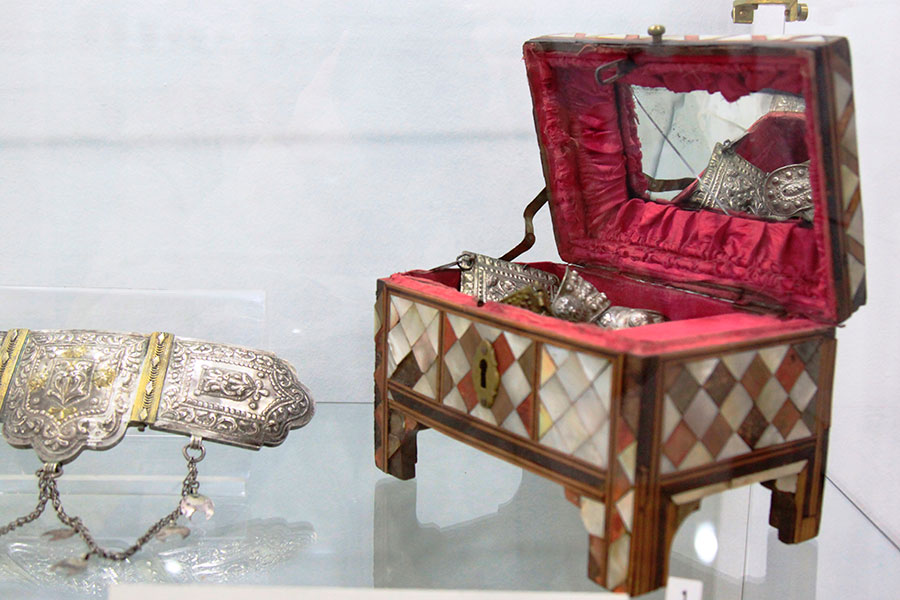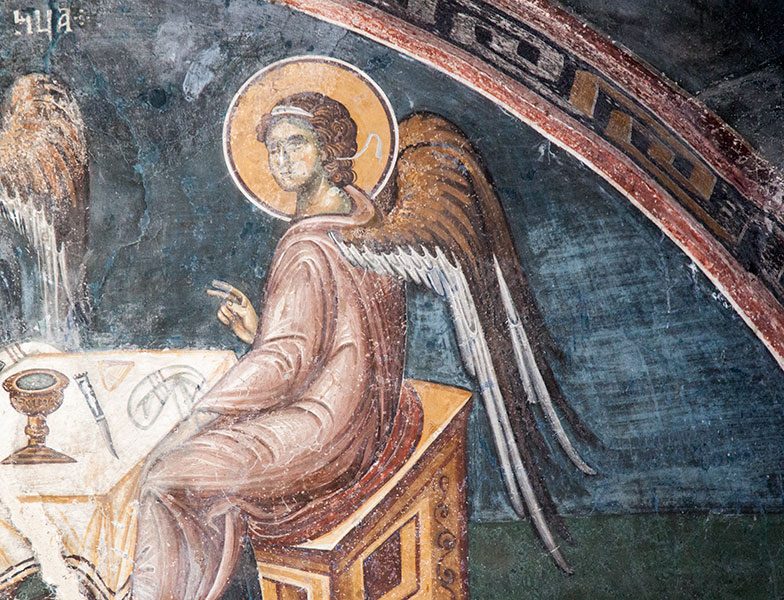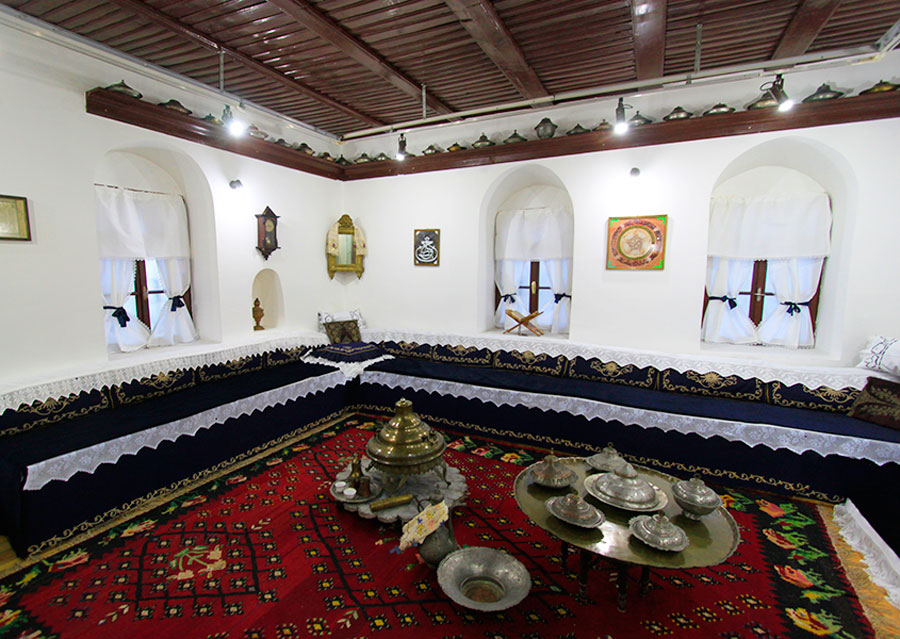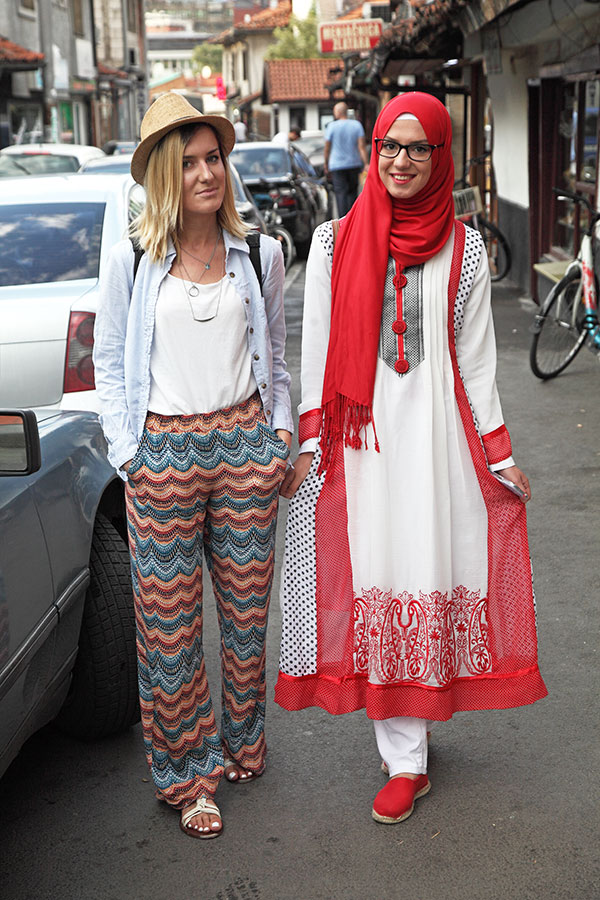Vivid heritage in vivid city
Thanks to the monuments on the UNESCO List, as well as its own characteristic history through which the Christian and the Islamic civilizations both overlap and conflict with each other, Novi Pazar won the title of a European Destinations of Excellence. Here was the first capital of Mediaeval Serbia, in the era of the Ottoman Empire it became a prosperous small town and the lifeline on an important merchant road. Today, it is a city with a large population, interwoven with an oriental charm.
The National Tourism Organization of Serbia that conducted the EDEN competition organized a study journey to Novi Pazar, with the intention to support the promotion of the first-awarded destination. The tightly scheduled tour program included the cultural heritage that had led them to that title, but our hosts made their best efforts to also introduce to us some of the cult place in the city: the oldest “Shadirvan” kebab shop, the best reputed manti-pies workshop “Sve pod sač”, the small goldsmiths’ shops, etc.
.
Time machine in practice
Novi Pazar is an exceptional city because here, literally in one day, one can travel through a history of a thousand years linking Byzantium, Mediaeval Serbia and the Ottoman Empire. The first destination on this journey is the Church of the Holy Apostles Peter and Paul, an early-Christian house of worship, erected on the foundations of an even older temple. Proudly highlighting the fact that the temple was thoroughly renovated in the last decade, Archpriest Tomislav Milenković made us familiar with the history and key events related to the Church of Peter’s.
Old Serbia’s capital
The originator of the first Serbian Dynasty, Stefan Nemanja ruled in these regions in the 12th century, and the whole area was named Raška after the Raška River. In the city territory, many traces from this epoch have been preserved. The most outstanding among them is the Monastery of St. George’s Pillars, dominating over the city from a nearby hill. Abbot Gavrilo told us the story of its history and the difficult “novitial” centuries. The monastery had been in ruins, but thanks to the “Renew Ourselves, Raise the Pillars” powerful campaign, it lives its new life today. We were also honored to refresh ourselves at the monastery’s refectory of the 13th century. The visit to Sopoćani Monastery left powerful impressions on us. There, young abbot Father Teoktist, an architect by profession, welcomed us. In a miraculous mixture of serenity and rapture, he guided us through the “kaleidoscope” of the fresco-painting of Sopoćani by having told us that even many of the knowledgeable, such as Italian art historians, stay out of breath when in the face of the Holy Apostle Philip they see a Serbian Mona Lisa and the great manuscript of the unnamed “Serbian Giotto”.
Mosque, Fortress, and Old Bazaar
We also visited the Altun-Alem Mosque, where we were kindly received by young imam and hafiz Ifran Malić. He told us the fact and legends related to the oldest house of worship in the city and explained what his second title of “hafiz” means – that is how people who know about six hundred pages of Quran by heart are addressed. He also made us familiar with the basic rules of the Muslim prayer rituals. We visited the valuable monuments of the Turkish epoch, too: the Fortress with the Watchtower, the old bazaar that is so vivid and picturesque that you want to take a peep into each of the small shops selling small masterpieces, such as Turkish delight made of saffron and rose petals, and a variety of seeds. There are also barber’s shops, bakeries, shops with dresses similar to the costumes in the TV series “Suleiman the Great”… The atmosphere is hurried, typical of a bazaar, all swarming with young people.
People of a special stamp
The most beautiful of all were our spontaneous conversations with the people of Novi Pazar, who are open-up, warm, polite and always ready to talk “in great detail”. One such unplanned encounter took place at Amir-Agha’s Residence from the 18th century, where a young man with a smile on his face, who said he was Riki, took us through all the rooms of the ancient residence, including the former horse-stable. We were also strongly impressed by the visit to the Ras Museum, where we were welcomed by the curators of all the collections, who were competing among themselves who would tell us more about the precious assets of the Museum.
Monuments under UNESCO protection
“In the surroundings of the ancient town of Ras, the first capital of Serbia, there is an impressive group of monuments, consisting of fortresses, temples and monasteries,” these words are written in the UNESCO Charter by which the monument complex of Old Ras was inscribed in the List of the World Cultural Heritage in 1979.
The oldest church in the Balkans
The Church of the Holy Apostles Peter and Paul (10th century) was erected on the foundations of a four centuries older temple and is the oldest Christian place of worship in the whole of the Balkans. The key events from the life of the founder of the reigning Nemanjić Dynasty are related to the Church of Peter’s.
St. George’s Pillars – the roof of old Serbia
On the highest hill on the land of Ras, Stefan Nemanja erected his first ruler’s legacy – St. George’s Pillars (12th century). The temple dedicated to St. George is also the first example of the architecture of the “School of Ras”. For over three centuries, the monastery had been in ruins, whereas today, it glitters in full splendor.
Amazing frescoes of SopoćanI
From the artistic point of view, the wall painting of the Monastery of Sopoćani (13th century) is without equal in European art: at the world exhibition in Paris in 1961, the Dormition of the Most Holy Mother of God was declared the most beautiful mediaeval fresco. The colors of the frescoes, the expressiveness and the composition persuasively testify to the ingeniousness of the artist: it is here that the Renaissance was born before the Renaissance.
















Social Network